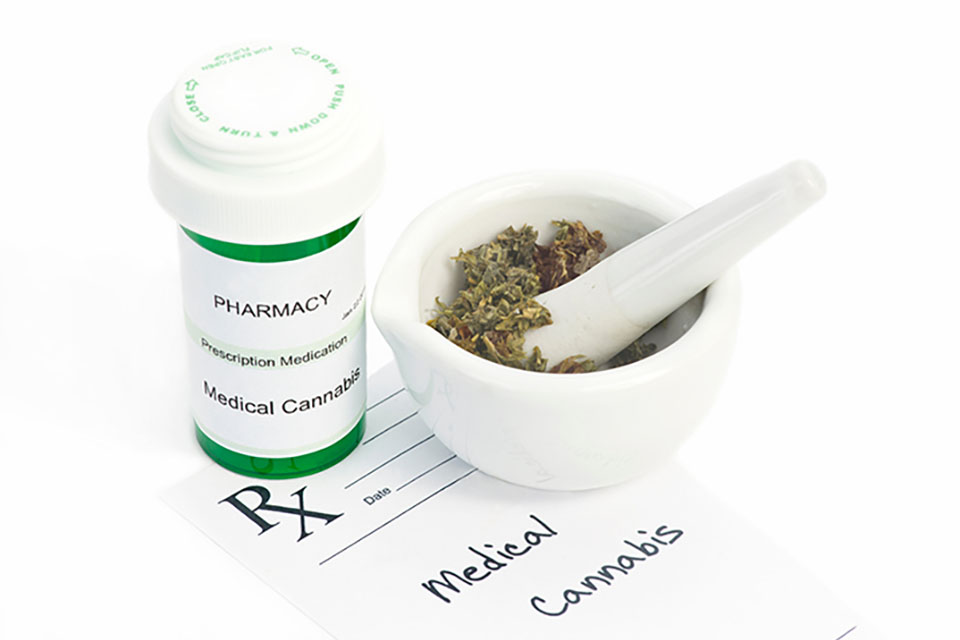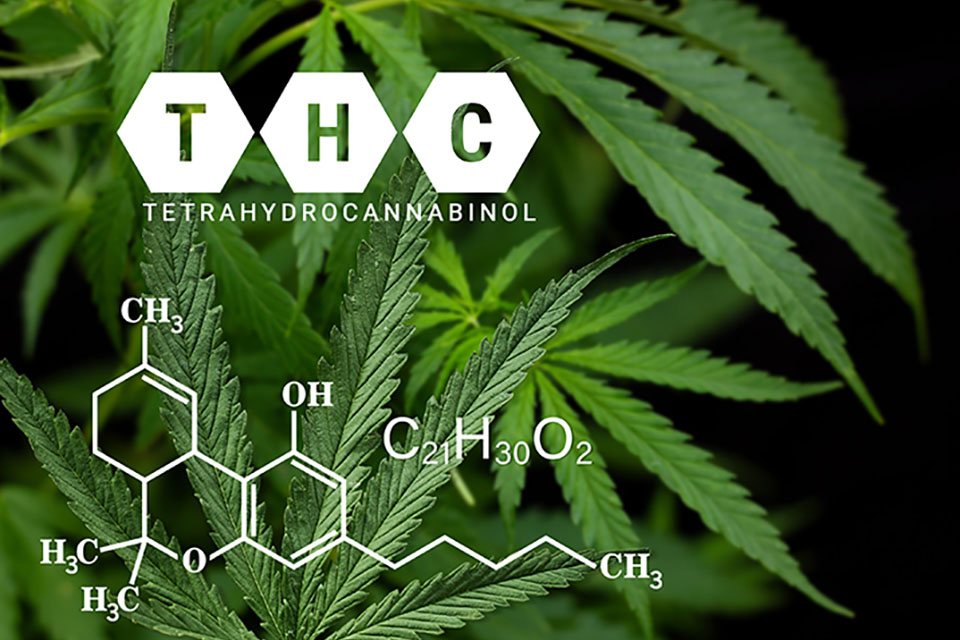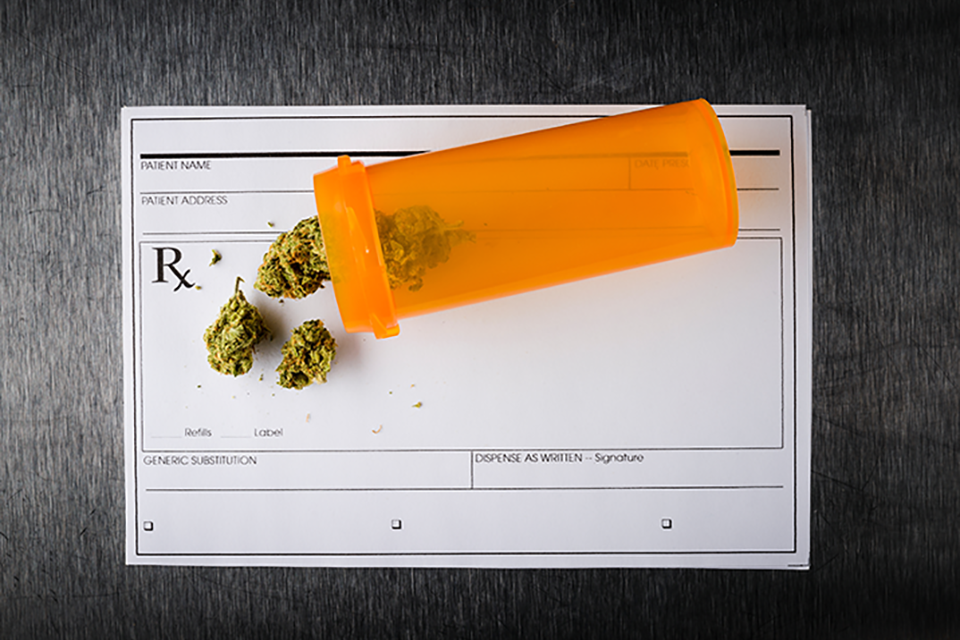
Medical Marijuana Timeline
The cannabis plant has a rich history that arguably started at the dawn of time. There are fossil records that imply that marijuana was one of the first plants to be domesticated and, though it is historically more commonly accepted as a tool for producing products like clothing and rope, its medical benefits have also been known and utilized for centuries. It was often used in traditional medicine in multiple countries throughout the world right up until the American prohibition started to spread in the 1930’s. Fortunately, thanks to countless scientific studies that are providing evidence of its effectiveness, America is emerging from the restrictions and again adopting this alternative medicine as a therapeutic tool. While the most common application of this powerful herb is pain management, research is emerging that suggests its support in a myriad of other ailments. It seems to help lift the moods of folks with depression, calm the nerves of those with anxiety, and soothe various movement disorders and chronic inflammatory pain conditions. The list of approved conditions continues to expand, and more physicians are prescribing bud as an aid for those who are struggling. Most states now permit medicinal use, and more and more are removing penalties for cultivation and even recreational consumption. Research continues and more is being revealed all the time, so it is likely that the methods of consumption, the doses available and list of applications will continue to grow and become more effective for patients around the globe.
What Is Medical Weed
The cannabis plant develops buds that are coated with a sticky and shiny layer of trichomes, often called resin. This coating is full of terpenes and cannabinoids, each of which offer a unique characteristic to the herb. THC and CBD are the most active cannabinoids, and they are notorious for offering a plethora of medicinal benefits to those who consume them. THC is a psychoactive that targets the cerebral experience, while CBD tends to more heavily impact the physical form. They work best in tandem, though the exact amounts can range to better support specific conditions. Essentially medical weed is simply a well grown plant that has had adequate environmental conditions and time to strengthen the healing constituents. Different plants will have different constitutions of these powerful ingredients, and the specific traits will contribute to the variety of medical applications the unique plant has. Generally speaking, strains that are used for medical purposes tend to have a higher concentration of CBD. This makes it so you can experience relief from mental and physical health conditions without being intoxicated and potentially unable to tackle your daily routine. CBD has been shown to support anxiety, depression, post-traumatic stress disorder, insomnia, arthritis, epilepsy and chronic pain, to name a few. A small percentage of THC enhances the experience and brings along other therapeutic supports as well. Medical cannabis can be consumed in different ways to offer different effects in specific time intervals to suit the needs of an individual.
Medical Cannabis Use In Ancient Times
The first recorded use of the cannabis plant took place in China and India, which has led historians to believe it is indigenous to Central Asia. The hemp seed was originally cultivated and consumed for food in Taiwan, and the therapeutic value quickly became apparent. The first mention of it as medicine occurred roughly 2700 years before Christ, by a Chinese man named Fu Hsi. It is one of the top herbs in Chinese medicine and is said to have been used in the treatment of many conditions, including but not limited to inflammation, constipation, pain, gout and malaria. The euphoric impacts were also utilized in conjunction with wine to act as an anesthetic for surgery. In the Ayurvedic medicine system of India, Cannabis is also deemed one of the top essential plants. Indians reportedly used this herb to reduce fever and headaches, soothe insomnia, and provide relief from symptoms of dysentery and a plethora of other gastrointestinal disorders. These folks were also the first to acknowledge the psychoactive properties and their effectiveness in assuaging anxiety. The plant was thought to have spread to Africa through trade and nomadic tribes used it in spiritual ceremonies for increased peace. Ancient Egyptians documented use for pain, menstrual cramps and swelling and the Middle East reported its effectiveness in subduing seizures and vomiting. For centuries, this powerful plant has been utilized to manage a myriad of conditions and, now, with science backing the countless therapeutic properties, it is becoming a part of mainstream western medicine.
Medical Cannabis In The West
Though other cultures around the world were using cannabis as medicine for thousands of years, historically, European peoples seemed to have mostly cultivated cannabis for industrial purposes. However, through continued contact with Asia and the Middle East, the information around the profound therapeutic potential started to spread. Towards the end of the Middle Ages, it became a common treatment option for various ailments, including depression, gout, inflammation and arthritis. The history of the marijuana plant in America is comparable. It was cultivated to appease the British overlords and was done with the intention of producing hemp to make sailing rope. The medicinal value was not explored again until the 19th century and this reintroduction is attributed to an Irish surgeon by the name of William Brooke O’Shaughnessy. After learning about the plant’s potential while studying abroad, he brought and implemented the information in English pharmacies. Its use continued to gain widespread acceptance and, by 1850, it was listed as part of the treatment for a long list of conditions. Around 1930, and for several decades to follow, the possession, cultivation, and use, were all heavily regulated or altogether restricted. It was not until recent years that the acceptance of marijuana and its profound medical benefits began again. Most of the United States of America allow use for therapeutic purposes, so long as a patient has a prescription from a licensed health practitioner. As the stigma continues to dissipate, it is likely that this plant will regain its reputation as one of the finest alternative medicines!



